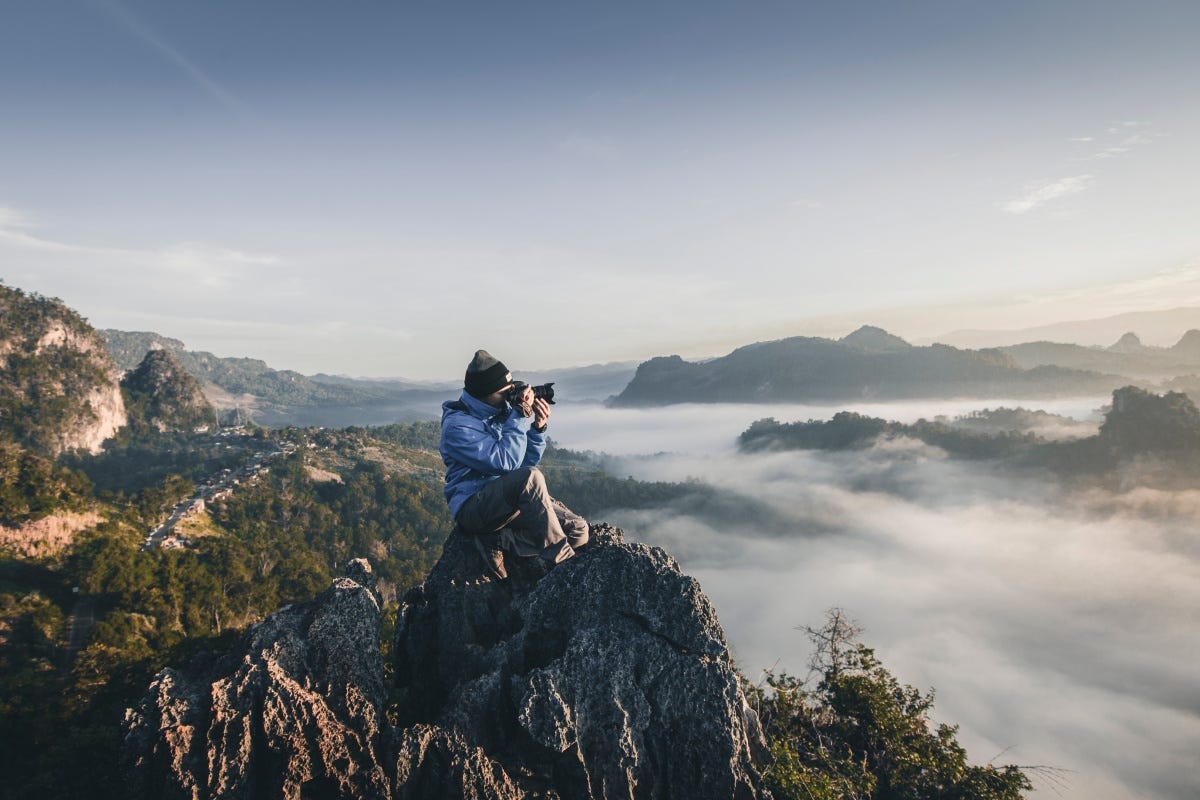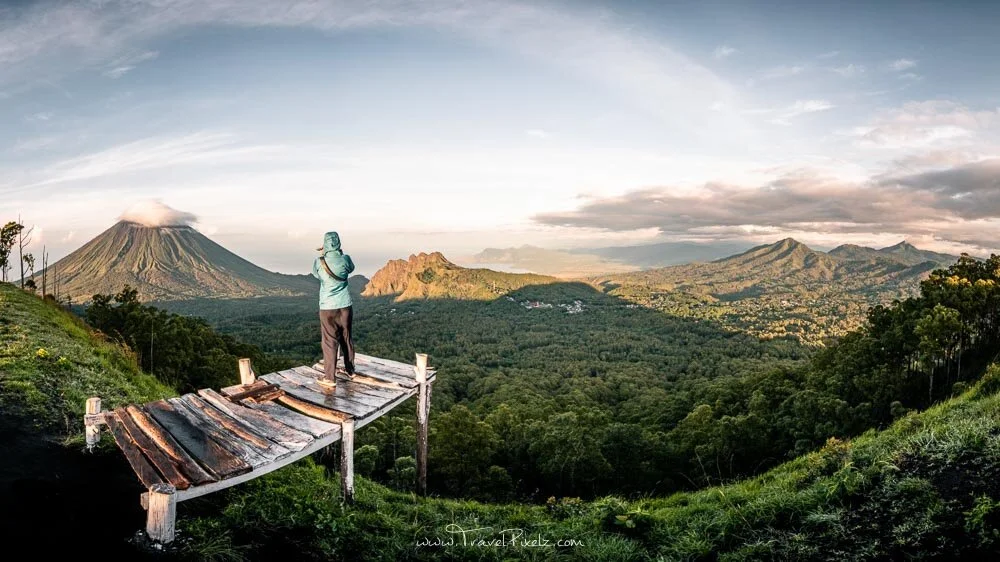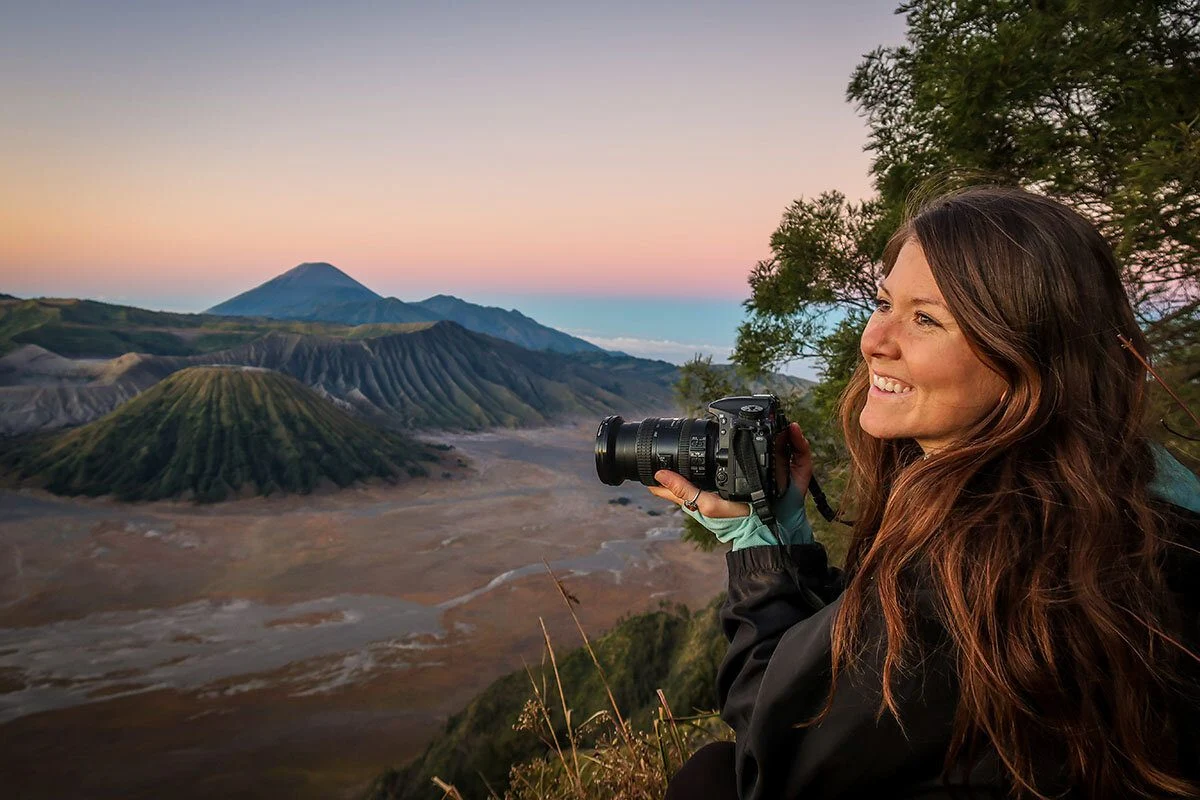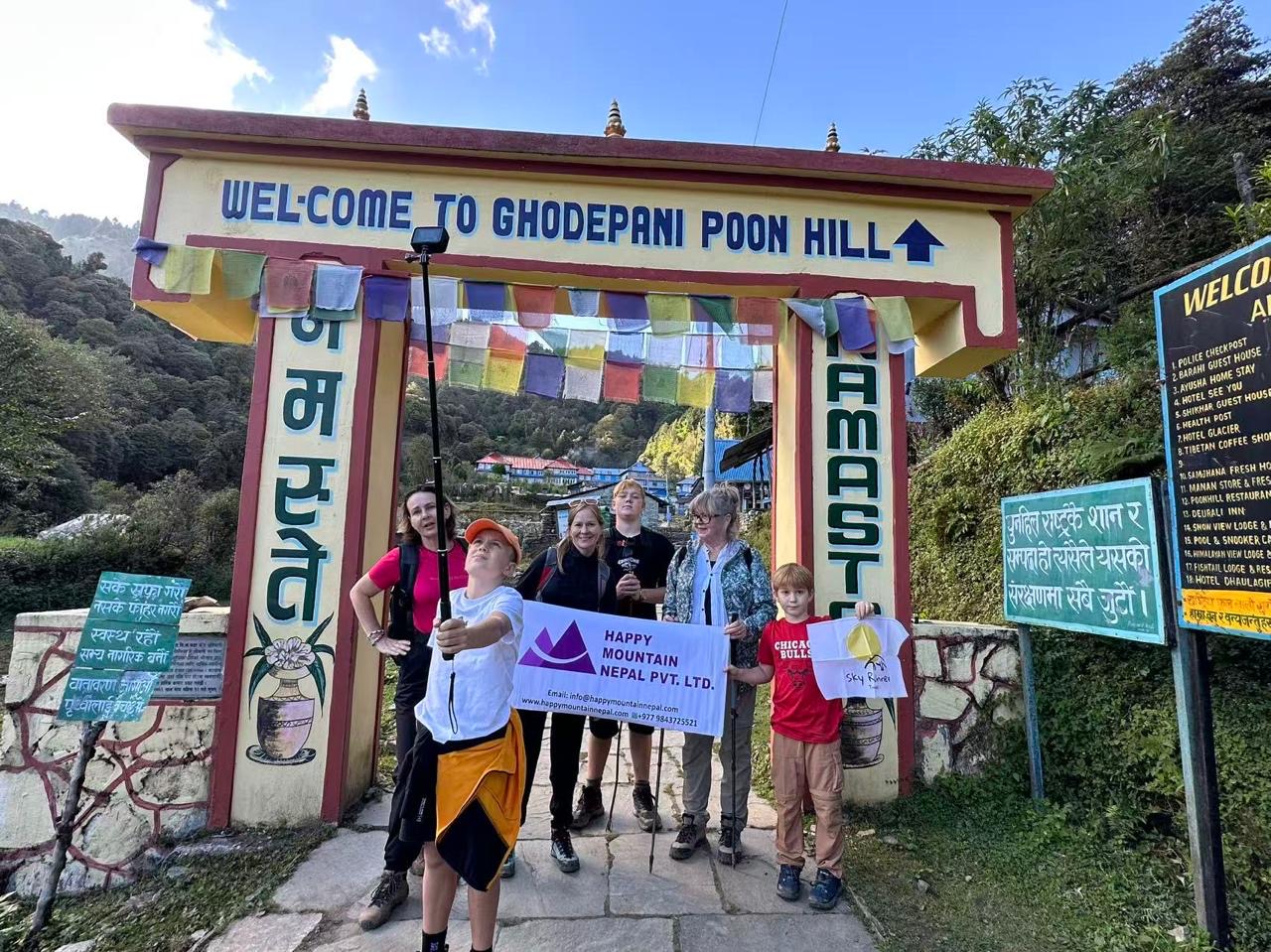How Do I Balance Capturing the Photos of Travel, and Also Enjoy Travel?
Travel provides freedom, discovery, and emotion. Each moment, whether you’re walking on a bustling city street or standing before mountains in silence, seems like a worthy story. We naturally pick up our cameras or phones. But in doing so, there are times, and probably most of the time, we forget to simply enjoy it.

We live in an age where photography and travel are almost mutually inclusive. It seems any travel would be incomplete without a photograph. However, there is a very thin line between documenting memories and missing them while worrying if you captured the perfect moment. The goal should be balance if you want to have mind’s eye memories, and also truly embrace the joy of travel will be given proper space.
This guide will assist you in learning how to travel and enjoy it while creating photos exhibiting meaning. Each of the points below will be explained in depth for your understanding of the best way of balancing while seeing the new world with your eyes, and capturing the moment with your lens.
1. Be a Visitor First, a Photographer Second
When you get somewhere new, your first instinct will be to take your camera out. Even before taking your camera away, just pause and look around. And be in the moment of who you are as a person in a new space. Look at the color, take in the sounds, and be in the moment of the encounter. Just exist in the energy of things without thinking and simply be.
When we give ourselves pause to arrive and exist, we develop a feeling of connectedness to the space in which we are standing. We are being engaged and thinking about all things interesting to you about this space. And when you do take out your camera you are more emotionally present. Therefore
Therefore, the photographs you create are more emotional as your lens is now aware and has created a connection with your attention and interests.
Think about it this way, your camera can express what your eyes are seeing. But your heart expresses what was noticed about these moments that caused you to care. If you take the time to visit and be present first, your photographs will become photographs that are more than just photographs.
2. Create a Photography Routine or Set Time
You don’t have to have your camera with you the entire day. Constantly taking pictures can be draining and it can affect what you are doing. Plan your time for photography.Allocate specific chunks of time to take a photo. This could be early in the morning when the light is more gentle, or in the evening when the golden hour starts to kick in.
When you start to dedicate the time to taking photos, you will not feel hurried to your next event and can be truely focused on taking photos. After your photography time is over, pack your camera up and just let yourself explore the area, with none of the pressure or urgency. The benefit is you have organized your time so you can feel relaxed and still be engaged in both activities.
Planning your time in this way will help you avoid burnout and generally lead to more rewarding experiences during your day. You will still have a dedicated time for photography, but also permitting yourself spontaneous time for other experiences.
3. Capture Candid Photos
Candid photos tend to convey the most beautiful stories. Rather than always attempting a perfectly posed photo with an ideal background, attempt to take photos that tell the story through real emotions. Think about taking every day (or when memories strike) of yourself, or other travelers, laughing or simply enjoying some food or drink, or eating or drinking local treats, or just sitting and watching the sunset at the end of the day. These candid photographs have all of the feel and emotion of that moment, and all of the feeling and emotion are the photographic reminders of what those moments meant to you, and may not be what the experience was merely just how it “looked.”
It is good to have “the perfect” photo, but not every photo has to be “perfect.” In fact, sometimes the so-called “imperfect” shots are worth a lot more in their authenticity and memory.
At the same time, holding back a little of the spontaneity in a candid photo helps to calm down the mind. Instead of thinking so much of the shot, because you are not worried about the settings on your camera, or if you need to take the shot from a different angle. You can rest and think about the experience of reliving that moment.

4. Quality Over Quantity
When traveling, it is easy to take 100s of photographs. But when you return home sometimes it feels like a chore to go through all (and even 100s) of photographs, only to find that most of those photographs look the same, or have little value once you return home. Even though you might have taken many photographs, again it is worth considering to slow down and photos and create fewer (meaningful) photographs.
A good place to start to take meaningful photographs is to ask yourself the following question. What do I want the photograph to say?Is it the peace of the mountain view? The energy of a busy market? The character of a quaint street? When you slow down and think about the photograph, it inherently has more value.
Taking quality photos captures a feeling, instead of just a photo. By being selective about what you capture, you are living in the moment and will end up with fewer photos but stronger associations with them. This will allow you to stay present to your experience.
5. Learn the Story Behind What You Are Photographing
When you know the story, travel photography becomes more powerful! You should learn something about the subject before snapping a photo of a temple, monument or any local tradition. Consider speaking with locals, reading signs, or doing some simple research.
When you on the subject’s history or cultural meaning, you’ll begin view them differently. And your photo becomes more layered and something to respect and hold meaning beyond a beautiful and aesthetically pleasing image.
Learning the story makes travel not just an education, but an emotionally rich experience. What you will come to learn about travel photography is that it is not just about photographing a place, but about connecting to the essence of that place.
6. Unplug From Technology Now and Then
In this technologically adept world, we are responsible for experiencing travel through our devices. We capture a photo, make a quick edit, and then share it. And sharing is great. It’s when you share all the time that is an entirely different experience, and it might even take you away from the experience itself.
If you have the option, unplug from your phone or camera for parts of the day and really just walk. Just walk without taking a picture. Look at things without thinking of a picture. Taste your meal without photographing your meal first. Sit by a river and let the water flow by; don’t record it on your phone.
These inconveniences start to allow us to more intimately experience our environment. Your perception of things, you will see things that photographs cannot measure for feelings: the smell of fresh rain, the sounds of temple bells in the distance, and the giggles of local children. These are the travel memories that will remain in your heart forever.
7. End of the Day Reflection:
At the end of your travel day, take a moment to quietly sit down and look through your photos. Slow down your viewing of the images and contemplate the association of each image. And what you were feeling at the moment of taking the image.
This process of looking at your photos is a reflection process that allows for a learning opportunity. You are beginning to learn what you find most appealing in the photos. Such as landscapes, or perhaps when capturing images of people, or maybe finding images containing daily life images captured while traveling. It begins to help you understand who you are as a travel photographer, as well as the relationship you are actually developing with the world around you.
At the end of each day you have the ability to find balance for the next day. If you find that you spent more time behind a camera lens and would like to be more present tomorrow, you will on account of this reflection. Ultimately, you’ll unknowingly begin to find a rhythm over time that feels right to you.

8. Travel for Yourself not for Social Media.
It can be easy to feel pressure “to post” everything online. Seeing “perfect” photos online taken by someone else may cause you to want to do the same. Travel is not about proving where you have been and should about having an experience and being truly present within the experience.
When you spend a significant amount of time being active on social media, and photograph too many moments to share and reflect on, your brain is forced to step outside of taking pictures for yourself, to instead taking pictures for others. You’re no longer just experiencing the moment in front of you. And instead your brain starts to think about how many likes you’re going to get, what you are going to caption it, and if the picture needs a filter.
Travel for you. Take pictures of the things that make you the most excited. The pictures that receive the most likes are not the best pictures; the best pictures remind you how amazing the world was, even if it was for a brief instant. A picture taken in a joyous and excited state will be a better picture because it is entwined to that joyful feeling.
9. Take the time to practice mindful photography
Mindful photography is being fully aware of what you are photographing and most importantly, examining why. It is more about slowing down, and being aware of what you are about to click before you click it. When you see something interesting, you could ask yourself a number of questions. What made your eyes go to this? Was it the light? Was it the emotions involved? Was it the story behind the moment?
Once you have clarity around the “why,” you will look at it and then go through the process of composing your own shot and purposely clicking the button. Slowing your actions and thoughts down is a means of being present to the scene and enjoying every facet of the experience. You will begin to notice the patterns, colors, movements and parts of the scene you may have missed at the pace you were going before.
Mindful photography makes every photo an experience of meditation. It helps you feel calm, present, and connected. You stop feeling pressured to get the perfect shot, and simply enjoy the experience of taking the shot.
10. Awareness for a Sense of Balance
There is no right or wrong for balance between photography and enjoyment. Each traveller is unique, and what is most important is to be aware of how you are feeling towards enjoying the moment. Whenever you feel like a good portion of time has passed and you are taking a lot of photos, and it feels like a mechanical action or chore. It is a sign to take a break or slow down.
Put your camera down, and walk freely. Look around, with your own eyes, not through your lens. When something really does inspire you, then take that as an indicative sign, that is the moment you may want to document.
Balance comes from listening to your style. Some days you may want to be inspired and take a lot of photos, but other days you may simply want to sit and watch the world pass you by. Both experiences are equally valued. The goal is to experience travel in a way that feels right and satisfying for you.

11. Value the People You Meet
Meeting people is one of the best things about travel. Locals, or even other travelers, can provide four times the amount of information about a destination than any guidebook. Taking their picture is fun but talk to them first!
Talk to them, smile with them, and if you can, share a story; ask to take their picture! When you are connected, you will see warmth and respect in your photos. And, you will probably have a better time traveling because for many, the connection with people is the best part of travel.
12. Accept the Mess
After all that work, it can feel silly to be picky with your settings. There’s no reason to get hung up or miss the moment on the “perfect” light. Some travelers set their camera or phone settings, or wait for the perfect light, but they forget to actually live in the moment – that’s their loss!
There’s no reason to become stressed with the perfect photo. Real traveling can be disappointing, messy, surprising, and unexpected, all at the same time. And, that’s the beauty of traveling!
Allow your images to express truth instead of perfection. An out-of-focus street photograph may convey a stronger narrative than a carefully staged photograph. A slightly sloped horizon may express more life than a fine-tuned image.
By letting go of perfectionism, creativity and authenticity can thrive. You also enjoy your travels more because you’re not resisting the details. You learn to ride the moment and capture it in its state.
13. Convey stories in addition to photographs
Photos are effective, but it is when you pair the image with a story behind the photograph that makes it extraordinary. When looking back at your photographs, try to remember what was happening in that moment what you were feeling, who you were meeting, and what you learned.
Sharing your memories, experiences or impressions through stories allows others to feel the wonder you felt at some point in your travels.
It helps you appreciate more of your travels too. Instead of thoughts of all of the photos you took, you now have a compilation of experiences. But viewing photography and experiences from a storytelling perspective changes how you take images. You start to think and care more about emotion and meaning than if the scenery looks good. Every click of the shutter has a note in your travel diary. It has personality and truth.

-
Accept That You Can’t Capture Everything
One of the toughest realities of travel is accepting that not every moment will be documented. Some memories will live only in your heart. A child’s laughter, a breeze blowing, or a smile with someone will never translate as special in a photograph, but in your brain, they’re everything.
Accepting this allows you to free yourself and relax. You no longer feel pressured to document everything. You learn to savor the fleeting nature of travel – the beauty of the moment is that it is only that moment.
When you no longer feel the need to capture everything, you see more. You begin to exist in rhythm with your travel, as opposed to in opposition to it.
Conclusion
The balance of photography and enjoyment is not about being performative and abiding by rules. It is about being aware, intentional, and connected. The best travelers know when to put their camera down and when to take it out.
When you allow yourself to feel first and photograph second, your pictures will speak louder. They will carry emotions, stories, and meaning. You will come home not only with stunning photos but also with deep, personal experiences that no camera could ever capture.
Travel photography is not just about what you see it’s about how you see it. When you travel mindfully, you create a balance between capturing moments and living them. That’s when both your journey and your photos become truly unforgettable.
